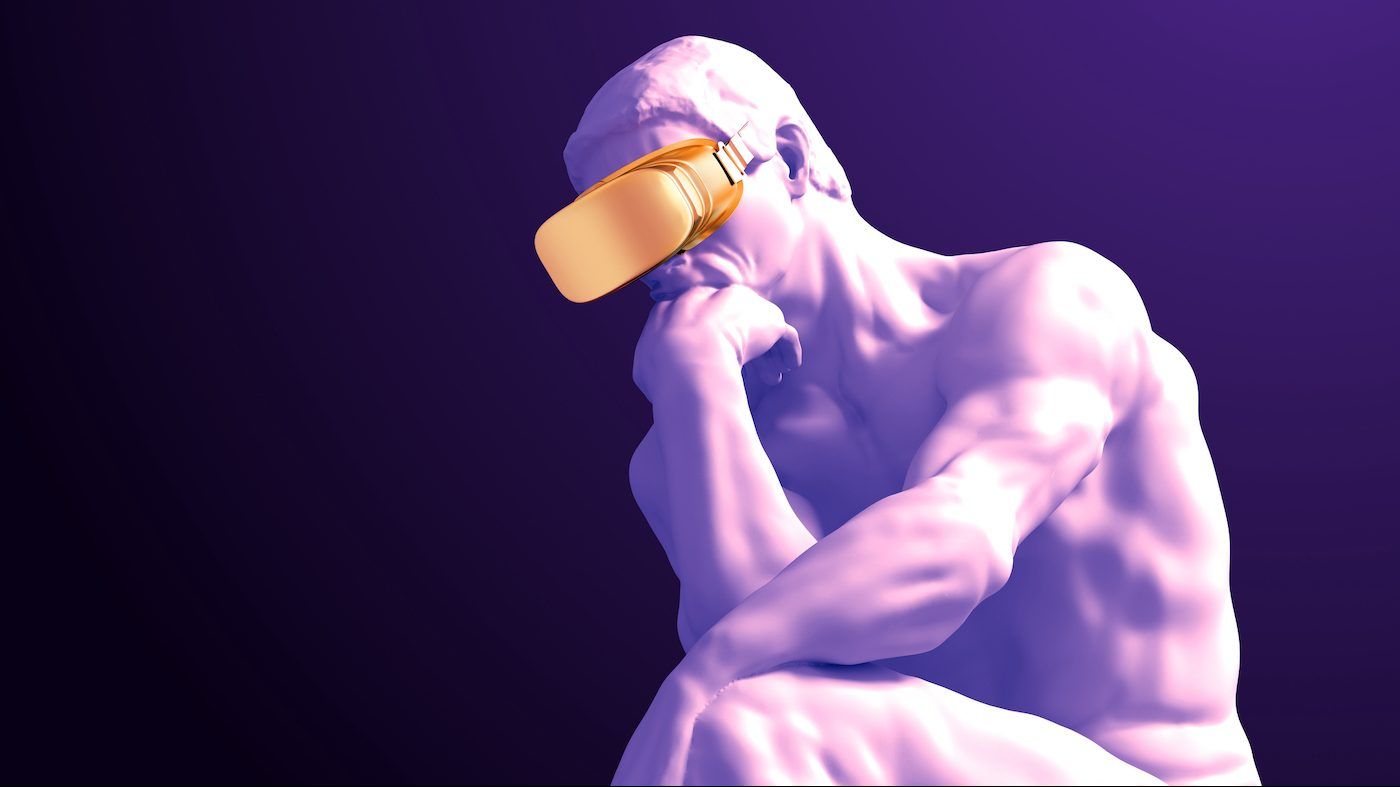virtual reality transports seniors living with dementia to other worlds
virtual reality has been in commercial use for years, most notably for younger generations who use it to play video games.
meeting with your doctor in the metaverse? health care is about to get more virtual
someday soon we could be analyzing lab results with our doctor on a human model in the metaverse.
augmented reality may help with arachnophobia
swiss researchers developed a smartphone app to help people overcome a fear of spiders.
 5 minute read
5 minute read









